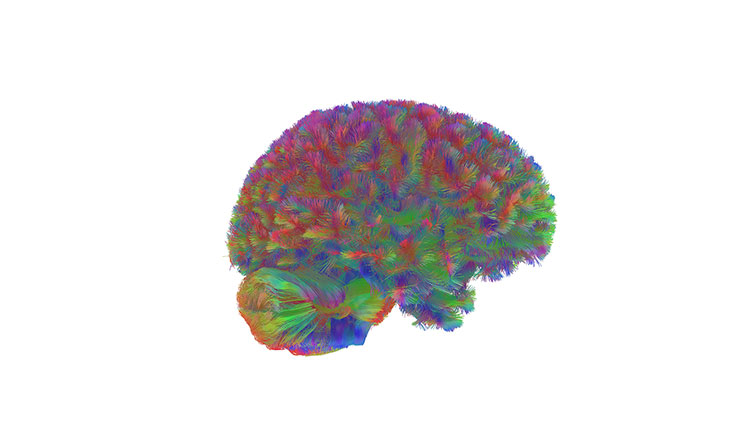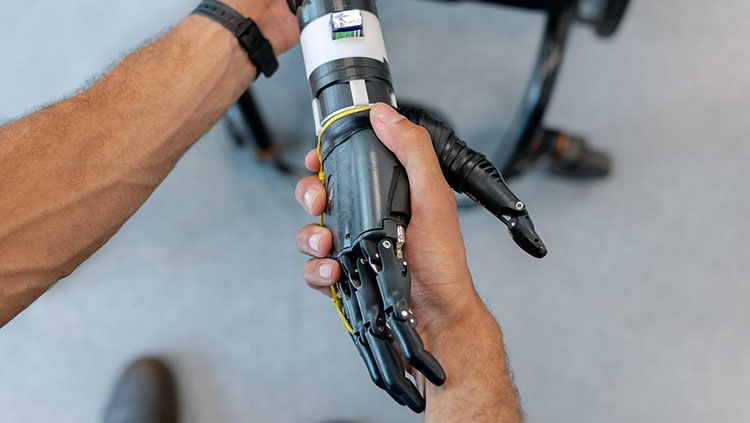ICYMI: FDA Approves First New Painkiller in Decades
- Published6 Feb 2025
- Author Bella Isaacs-Thomas
- Source BrainFacts/SfN

On Jan. 30, the Food and Drug Administration approved a novel, non-opioid drug to treat moderate to severe short-term pain in adults. The first new painkiller to hit the market since 1998, suzetrigine — also known by the brand name Journavx — relieves pain without the risk of addiction that comes with opioid-based drugs.
We feel pain when neurons at the site of an injury send electrical signals to the brain indicating something’s wrong. Suzetrigine works by interrupting a single sodium channel in those nerve cells, preventing the message from reaching the brain and generating a feeling of pain. Opioids, on the other hand, block pain signals by targeting opioid receptors while at the same time spurring a flood of dopamine, which triggers euphoria. This is why opioid pain medications carry a high risk of addiction. Suzetrigine causes no such feelings of euphoria.
Some anesthetics, like ones used during dental procedures, also work by blocking sodium channels. But the body contains multiple types of sodium channels, and drugs like lidocaine affect all of them. This means providers can only apply those anesthetics locally to prevent indiscriminate shut down of all sodium channels. Suzetrigine is the first pain reliever to safely and successfully target just one sodium channel across the body.
Big Picture: More than 720,000 people in the United States died due to an opioid overdose between 1999 and 2022, according to the Centers for Disease Control and Prevention. The ongoing opioid crisis has underscored a dire need for pain management options beyond those medications, which are both highly effective and addictive, and over-the-counter pills like Tylenol or Advil. Suzetrigine is approved for acute pain management like the type people require following surgery or injury. But it’s not yet clear whether drugs targeting sodium channels could one day address chronic pain, for which opioids remain a common treatment.
Read More: FDA approves new type of nonopioid painkiller for acute pain. NBC News
More Top Stories
- Mice process memories in different sleep phases, which could explain how old memories and new ones don’t get mixed up in the brain. Nature
- Sleep medications like Ambien may interfere with the brain’s ability to clear waste during sleep. Popular Science
- A small study shed light on how memory suppression may be key for people with PTSD. Science News
- The FDA approved Spravato — an antidepressant which administers esketamine via nasal spray — for standalone use, meaning users are no longer required to also take an oral antidepressant. NPR
- A study in the United Kingdom found adults diagnosed with ADHD have a shorter life expectancy. The Guardian
- Dementia cases are set to double annually in the United States by 2060 as the aging population grows. CNN
- A new study suggests that among mice, inhaling xenon gas appears to fight Alzheimer’s. STAT
- New research explains why a specific optical illusion manages to trick the brain. New Scientist
CONTENT PROVIDED BY
BrainFacts/SfN
References
Also In Neuroscience in the News
Trending
Popular articles on BrainFacts.org


.jpg)






.jpg)









